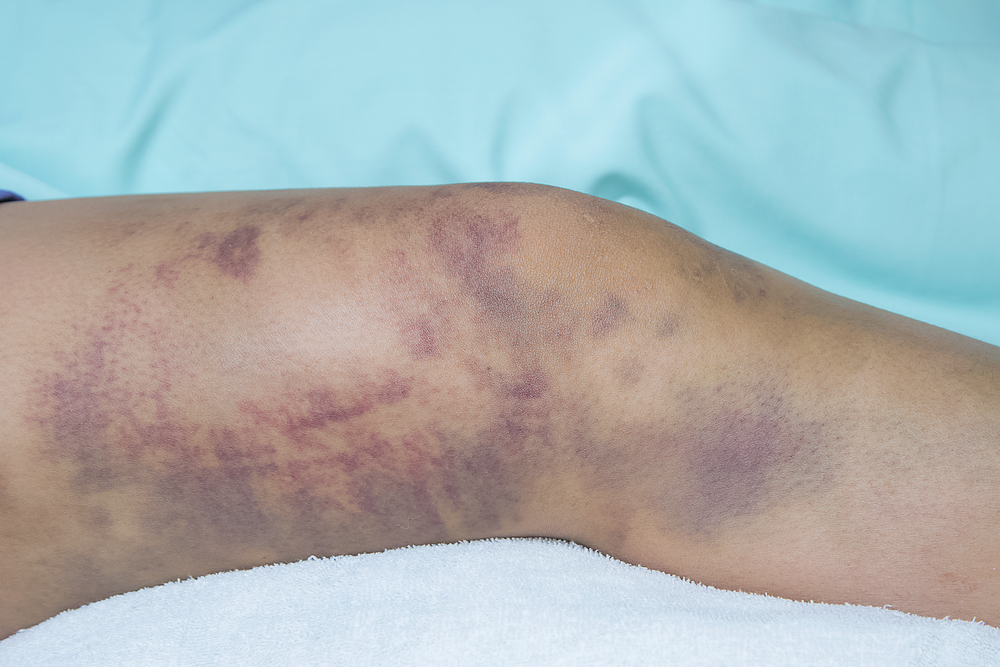Soft tissue injuries disability benefits
How to Win Your Social Security Disability Benefits for Soft Tissue
.
Soft tissue injuries may seem to heal nicely, but these injuries often create longer term issues that can have debilitating long-term health effects. You might never think that a soft tissue injury might lead to a long term disability, but think again.

Deep scar tissue sometimes develops in the skin or joints, leading many patients to severe functional limitations in their hands or feet or their arms or legs. Initially the injury may appear fairly superficial, but underlying muscles, tendons or ligaments might be affected. What is thought to be a simple ankle sprain can lead to more severe issues down the road.
Burns often have lasting implications, depending on how severe the burn is. First degree burns are the least severe; you may have redness and pain, but these burns don’t often have lasting complications.
Second degree burns are more severe with skin blistering present. Scar tissue can occur with blistering and the tissue can shrink as healing occurs, and this causes restriction in movement.
Third degree burn are by far the most serious, but you’d never expect it because these burns are painless. The reason they’re not painful is because the damage is severe enough to destroy the nerves underneath the skin. Patients with third degree burns develop the discolored leathery skin so often seen in cases of severe burns. This crusty and thick skin is called eschars and it tightens as it forms and can even restrict blood supply in many cases.
These types of burns often damage underlying muscle tissue. The body tries to eliminate the damaged muscle tissue through the kidneys, and that process wreaks havoc on the kidney filtering ability going forward. People with third degree burns often develop serious infections that can easily enter into the blood stream.
You might be wondering whether any type of soft tissue injury or burn qualifies you for Social Security disability benefits. There are two programs: Social Security Disability Insurance (SSDI) and Supplemental Security Income (SSI).
The Social Security Administration maintains a Blue Book medical listing of conditions that qualify for benefits. There are two categories that apply to burns and soft tissue injuries. The first listing covers injuries you are still being treated for; perhaps you are still undergoing surgeries or other remedies to restore function that has been affected. The other listing is for injuries in which treatment has been completed.
To qualify for injuries still receiving treatment, the injury must be to limbs, head or face, or your body torso. A surgeon must verify that he or she is providing surgery or other treatments to either save your function or restore your function. This can apply to either a burned area or an area where you’ve suffered extensive soft tissue damage. This category can also include any complications you’ve had from any surgeries or treatments that have occurred, or can include infections you’ve incurred after these treatments.
You may also qualify if you can show that function cannot be restored or that you’ll not have function for at least a year due to the severity of the injury and the length of treatment time necessary to heal.
SSA defines “functional use” as the ability to walk or the ability to use your arms to complete tasks. If you have a torso injury, functional use applies to your ability to make basic movements like twisting and bending. If the injury is to your head or face, functional use is defined as the ability to see, speak, or eat.
If you’re applying under the category of a soft tissue injury that has already been treated, SSA will evaluate the extent of your injury. Rather than evaluating you under the soft tissue Blue Book listing, you’ll be evaluated under another functional listing. For example, if you’ve lost hearing, you’ll be evaluated under the hearing loss criteria rather than under the soft tissue injury criteria, since there are no more applicable treatments to complete for the soft tissue initial injury.
Severe skin scarring that limits function and range of motion is the only item still evaluated under the soft tissue/burn injury listing.
When you apply for disability, you need to present quite a bit of medical evidence to SSA. Ongoing medical records showing hospitalizations and treatments will be needed. Also gather evidence of medical tests you’ve done and any medications you use to treat these injuries.
For SSDI, you must show how your functional limitations directly impact your work ability. SSA performs a Residual Functional Capacity (RFC) assessment to evaluate physical and sensory limitations.
People with soft tissue injuries typically have problems with lifting and carrying, and perhaps even sitting or standing for long periods of time because of scar tightening. People with severe burns often have limited range of motion or damaged underlying muscle tissue that creates limitations. Vision, hearing or loss of touch sensations may affect your work situation as well. Some workplaces have a higher risk of infection which burn patients are often more susceptible to than the general population.
All of these could be factors in your case and SSA will do a thorough assessment to determine if you can do work and if so, at what level.
